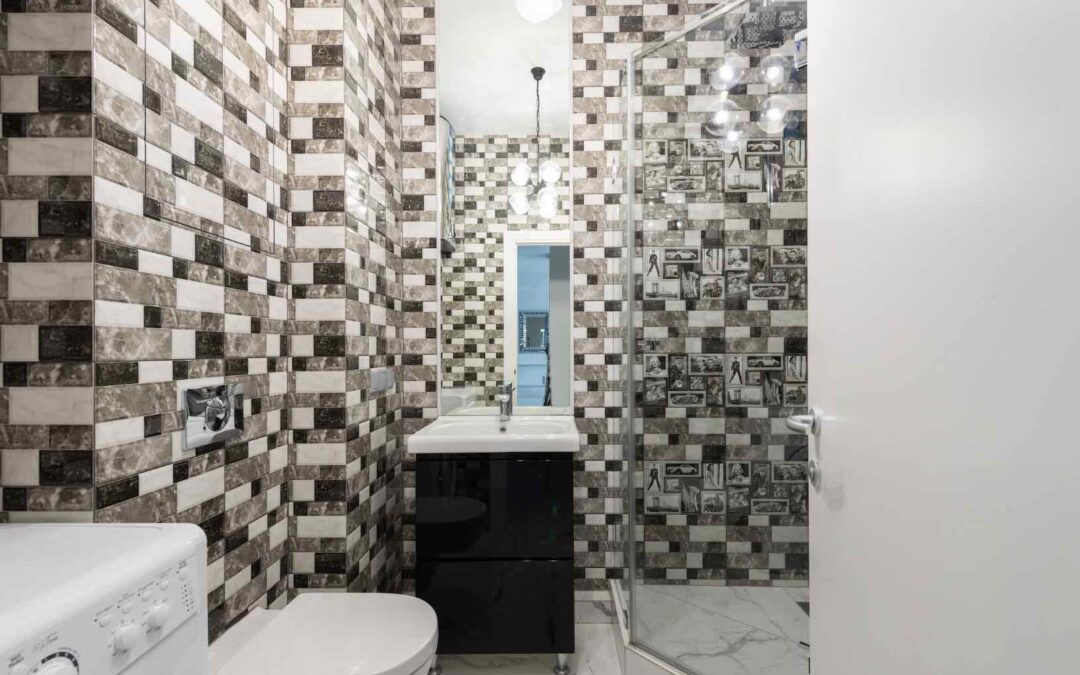You can get the most out your tankless water heater or conventional water heater by adding a recirculation pumps. You are probably looking for guidance or are thinking of adding a water heater recirculation system.
This blog is written to help you understand what a “recirculation pump” is. Our Pasadena Plumbers will also explain the cost of a recirculation system and what its advantages and disadvantages are.
You will know if a pump recirculation is right for you and if you have to replace it.
What is a recirculation pump?
A water heater has a recirculation pumps that provides hot water to all fixtures.
The device pumps hot hot water through your hot hot water pipes to the water heater via a “dedicated link” or a cold water link.
Although not all water heaters come with a recirculation system, technicians highly recommend it. It can help prevent water waste and reduce water consumption. A recirculation pump will allow hot water to reach your fixtures faster than you would with a tankless water heater. This can result in more waste water.
Let’s now look at how it works.
How does a recirculation pump work?
Although not often included with conventional or tankless water heaters, recirculation pump play an important role in providing hot water for your home or business.
To get hot water, water must travel through cold water pipelines when it is turned on.
The recirculation pumps keep hot water moving in the plumbing system. Always have hot water
The units that do not have recirculation pump built in must be equipped with the dedicated and an extra pump.
A timer must be included with the traditional unit. Keeping it on continuously will cost you a lot.
Types of Recirculation pumps
There is a variety of recirculation pump types:
- Basic recirculation pumps
- Pumps for recirculation are available on-demand
- Temperature and time sensors
Basic recirculation pumps
This basic recirculation system pumps water through pipes and heaters.
If they don’t have specific needs, but would like to add the pump to their water heater, this is what they would choose.
On-demand pumps
Only on-demand pumps work when hot water is turned on in a sink or tub.
The on-demand water pump will continue to push hotwater from the water heater up until the water flow is stopped or the desired temperature has been reached.
If you don’t have constant hot water needs, but still want to reduce your water bills, our plumbers recommend this option.
Temperature and time sensors
Finally, the temperature and time recirculation pump turns on at a set time to pump water until it attains a desired temperature.
It only works when the pump is required, so it can save you a lot of money and provide instant hot water. This option is ideal for businesses and homes who want to save water.
Now that we have covered what a pump is and the differences between them, you may be wondering “how much does this cost?”
What Does a Recirculation pump Cost?
Pricing for a pump with recirculation can be complicated. Many tankless and traditional water heaters include a recirculation pumps, but others don’t.
While a recirculation pumps can be as low as $800, it will still cost you around $1,500-$2,500 for installation.
Our experts recommend that you get a conventional or tankless water heater with an already installed recirculation pumps if you are looking for a replacement water heater.
It is possible to buy a recirculation pump individually and have it installed. However, technicians have discovered that it can cause more issues down the road and could even lead to more costly repairs in the future.
If, for example, you purchase a water heater with no recirculation pump, and the heater needs to go, you will need to replace the water heater as well as the pump and fixtures. That will add up to the cost.
We broke down the pros and cons of installing a recirculation system to better explain the potential benefits and issues.
Recirculation pumps: The benefits and the drawbacks
Benefits
No waste water
You won’t waste water by using a recirculation pumps. The pump runs the water steadily until it reaches your desired temperature.
Lower wait
You can also cut down on the time it takes hot water to heat by using a recirculation pumps.
Savings
You can also save money by reducing wait time and water use with the recirculation pumps.
Drawbacks
Wear-and-tear
You are placing extra strain on your plumbing system by using the recirculation Pump, especially if it is an older one. You could have a system that is older than your water heater or it could fail prematurely if the pump is added.
Hardwater
You will need a filter if you have hardwater. If your pump fails, it could cause damage. You should have a filter to remove hard water buildup, which can cause damage to your heater and pump.
Are Recirculation Pumps Right for You?
To wrap it all, a recirculation pumps circulates hotwater through hot water pipes and back towards the heater to provide instant hotwater.
A recirculation pump is usually not expensive when it’s included in a conventional or tankless heater. However, it will increase the lifetime of your water heater. You will be forced to wait longer for hot water because you won’t have a recirculation pumps.

